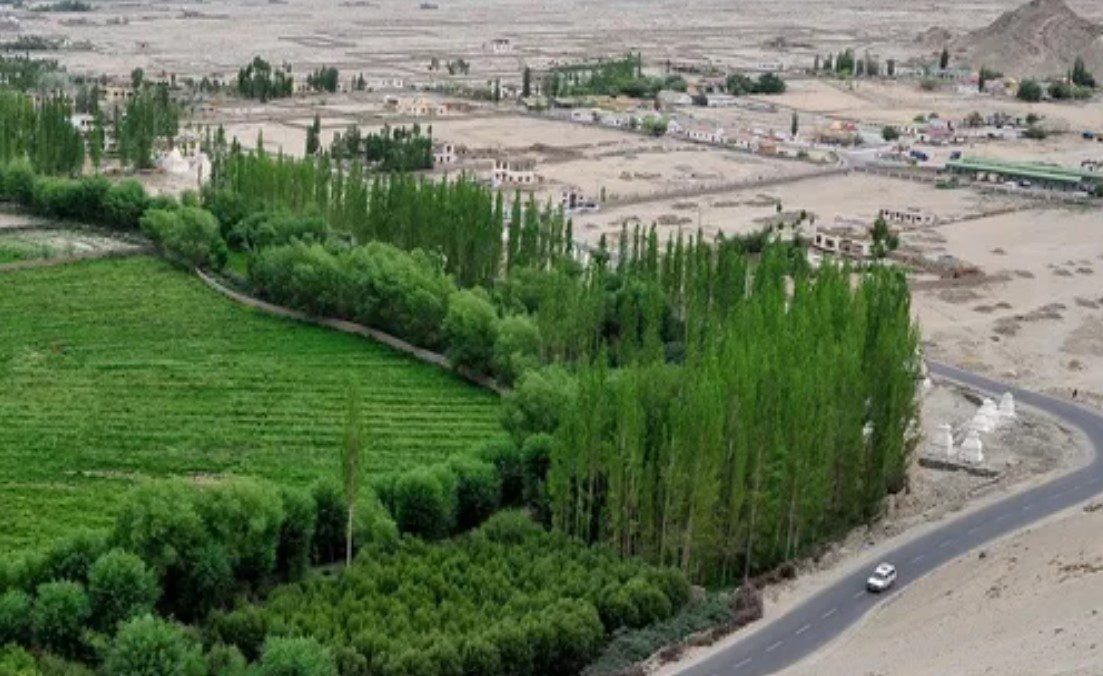One Planet, Two Crises: Tackling Climate Change and Biodiversity in the Fight for Our Future

News Detail

Year:
2023
Source:
Scientific AmericanWhen you hear the word nature, what comes to mind? For me, it’s the lakes of Southern Ontario, where I spent my childhood summers among its pink and gray granite rocks and shadowed pine forests. I picture the rock bass darting through the sunbeams in the water and hear the cicadas humming in the trees.
I grew up in the 1970s, and even then, nature was far from untouched. Acid rain and water pollution were already making headlines. Rachel Carson’s Silent Spring had raised the alarm in 1962. Seven years later, the Cuyahoga River was ablaze for the 12th time. By 1970, the U.S. Clean Air Act was signed.
I still saw these issues as somehow separate from our ordinary lives, though. They were concerns for and on behalf of fish, plants or bees, I thought, not us. I took for granted clean air, abundant water and ample food, and a home unthreatened by fire or flood.
Fast forward to today, and those early alarms have become a deafening siren. While air pollution in the U.S. has declined, its impacts worldwide have skyrocketed. Today, more than one in every six deaths globally is caused by the pollution of our air, water, and soil.
Then there’s climate change: an invisible but devastating force that’s wreaking havoc on a planetary scale. The industrial revolution ignited our unhealthy dependence on fossil fuels; but what we often don’t realize is that nearly 80 percent of the CO2 emissions from burning coal, gas and oil, and close to 60 percent of all heat-trapping gas emissions, have been released since 1970. Choices made within my own lifetime are the main reason temperatures are now rising at an unprecedented rate, loading the weather dice against us. Every day now, we witness the impacts: record-breaking heat waves stressing power grids and health systems, supersized cyclones ravaging cities and refugee camps, wildfire smoke suffocating continents, and floods displacing millions.
The urgency and the injustice of the climate crisis compelled me to become an atmospheric scientist. I’m convinced it’s the most immediate threat to our civilization and many of the countless species with whom we share this planet. But closely trailing climate change is another equally menacing crisis: the loss of biodiversity, which threatens all life on Earth.
The biodiversity crisis isn’t new, either. Over the last four centuries, humans have driven at least 680 mammal, bird, reptile, amphibian and fish species into extinction; but as with climate change, the rate of impact has escalated. Since 1970, WWF has documented a near 70 percent decline in populations of existing wildlife species; and across the more than eight million animal and plant species on earth, the human-induced extinction rate is estimated at tens to hundreds of times greater than natural rates. With so many species still undiscovered, these numbers vary widely; enough is known about the impacts of human activities on biodiversity, though, for ecologists to label the era we’re currently in as the “sixth extinction.”
All too often, though, many of us still think and act as I did when I was young: mistakenly assuming that, were our planet’s ecosystems to collapse, we could miraculously persist without the air, water, and essential resources they provide. This perspective endangers us all. Climate change, pollution and biodiversity loss have escalated to crisis levels that threaten not just flora and fauna, but humanity itself. It’s our collective survival that’s at risk.
Photo: Antonio Ciufo
More info